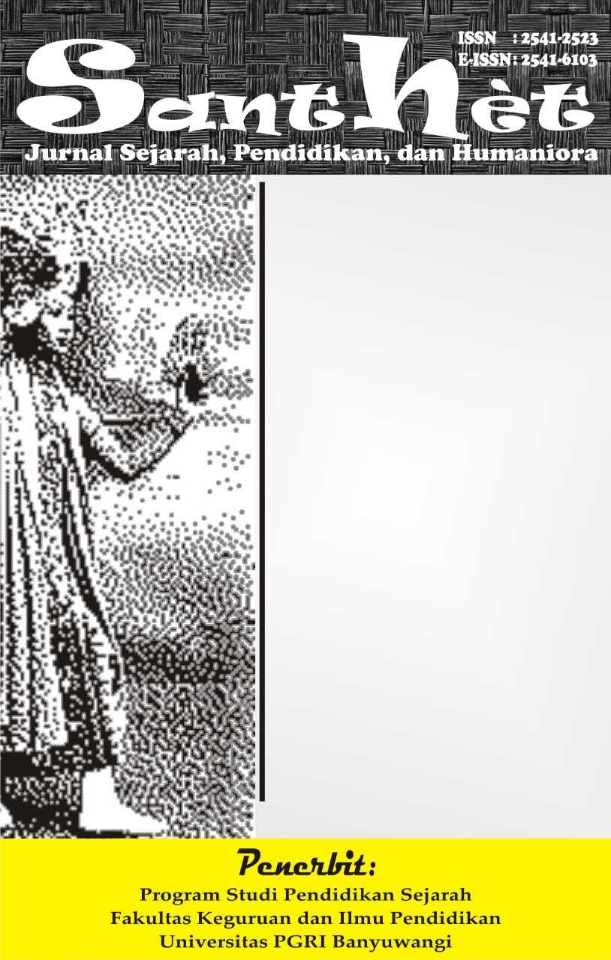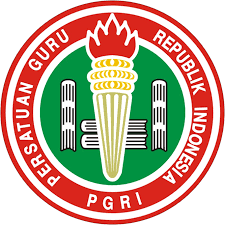Analysis of User Satisfaction with Activity Based Components at Caldera Adventure : Rafting & Resort Sukabumi
Analisis Kepuasan Pengguna Terhadap Activity Based Component di Caldera Adventure : Rafting & Resort Sukabumi
DOI:
https://doi.org/10.36526/santhet.v8i1.3730Keywords:
Resort, Aktivitas, Komponen Dasar ResortAbstract
As global mobility increases and traveler preferences change, demand for unique and attractive accommodation is also growing rapidly. Accommodations specifically designed to provide an unforgettable holiday experience have become a focus of attention in the industry. Resorts are not only places to stay, but also tourist destinations in their own right, offering a variety of facilities and activities that attract tourists. The research in this journal aims to find out about one of the components in the assessment in the field of hospitality (hospitality assessment), namely the basic activities of the resort (activity based component). The research method used was descriptive qualitative, with Caldera Adventure: Rafting & Resort as the research location. Data was obtained through interviews, documentation and observation. The assessment indicators are based on resort user activity components based on Brey et al., (2008). The research results show that this resort offers family services, indoor and outdoor recreation, services related to well-being, a variety of activities for everyone, and entertainment activities. Increasing the variety of services and activities to attract more visitors and expand the customer base. It is hoped that this article can be used as a reference to increase the attractiveness of the resort so as to provide a richer staying experience for visitors and expand its positive impact on local tourism.
References
Batubara, R. P., Setiawan, A. S., & ... (2023). Analisis Kepuasan Pengguna Terhadap Feature Based Component di Resor Kabupaten Bogor. … Jurnal Pariwisata …, 5(2), 41–50. https://doi.org/10.37253/altasia.v5i2.7415
Brey, E., Klenosky, D. B., Lehto, X. Y., & Morrison, A. M. (2008). Standard Hospitality Elements at Resorts : An Empirical Assessment. Journal of Travel Research, 47(2), 247–258.
Harper, N. (2016). Health and wellbeing benefits of activities in the outdoors. In Routledge International Handbook of Outdoor Studies (Issue March, pp. 59–68). https://doi.org/10.4324/9781315768465
Institute, G. W. (2020). Defining The Mental Wellness Economy.
Jenkins, J. M., & Pigram, J. J. (2006). Outdoor Recreation. In A Handbook of Leisure Studies (pp. 363–385). Palgrave Macmillan.
Mulyana, H. (2024). Pengaruh Kompetensi Pramuwisata Arung Jeram Kabupaten Sukabumi. 3(April), 13–21.
Murdhanti, A. D. (2011). Hotel Resor Di Pantai Siung Gunungkidul. In Program Studi Arsitektur Fakultas Teknik Universitas Atma Jaya Yogyakarta. http://www.scribd.com/doc/59844823/2/A-DEFINISI-HOTEL#page=4,
Puspita, R., & Wahyudie, P. (2017). Penerapan Konsep Modern Natural dengan Sentuhan Etnik Tengger pada Desain Interior Hotel Bromo Permai I. Jurnal Sains Dan Seni ITS, 6(1), 46–50. https://media.neliti.com/media/publications/140339-ID-penerapan-konsep-modern-natural-dengan-s.pdf
Suci, W., & Batubara, R. P. (2022). Penerapan Sertifikat CHSE Terhadap Kepuasan Pengunjung di Devoyage Bogor. Altasia, 4(2), 92–100. http://journal.uib.ac.id/index.php/altasia
Sugiyono. (2020). Metode Penelitian Pariwisata. Alfabeta.
Sunarto, S., Silva, H., & Sudarmin, S. (2018). Pekanbaru Indoor Recreation Centre. Jurnal Teknik, 12(1), 59–67. https://doi.org/10.31849/teknik.v12i1.1797
Wu, C. H. J., & Liang, R. Da. (2011). The relationship between white-water rafting experience formation and customer reaction: A flow theory perspective. Tourism Management, 32(2), 317–325. https://doi.org/10.1016/j.tourman.2010.03.001





























